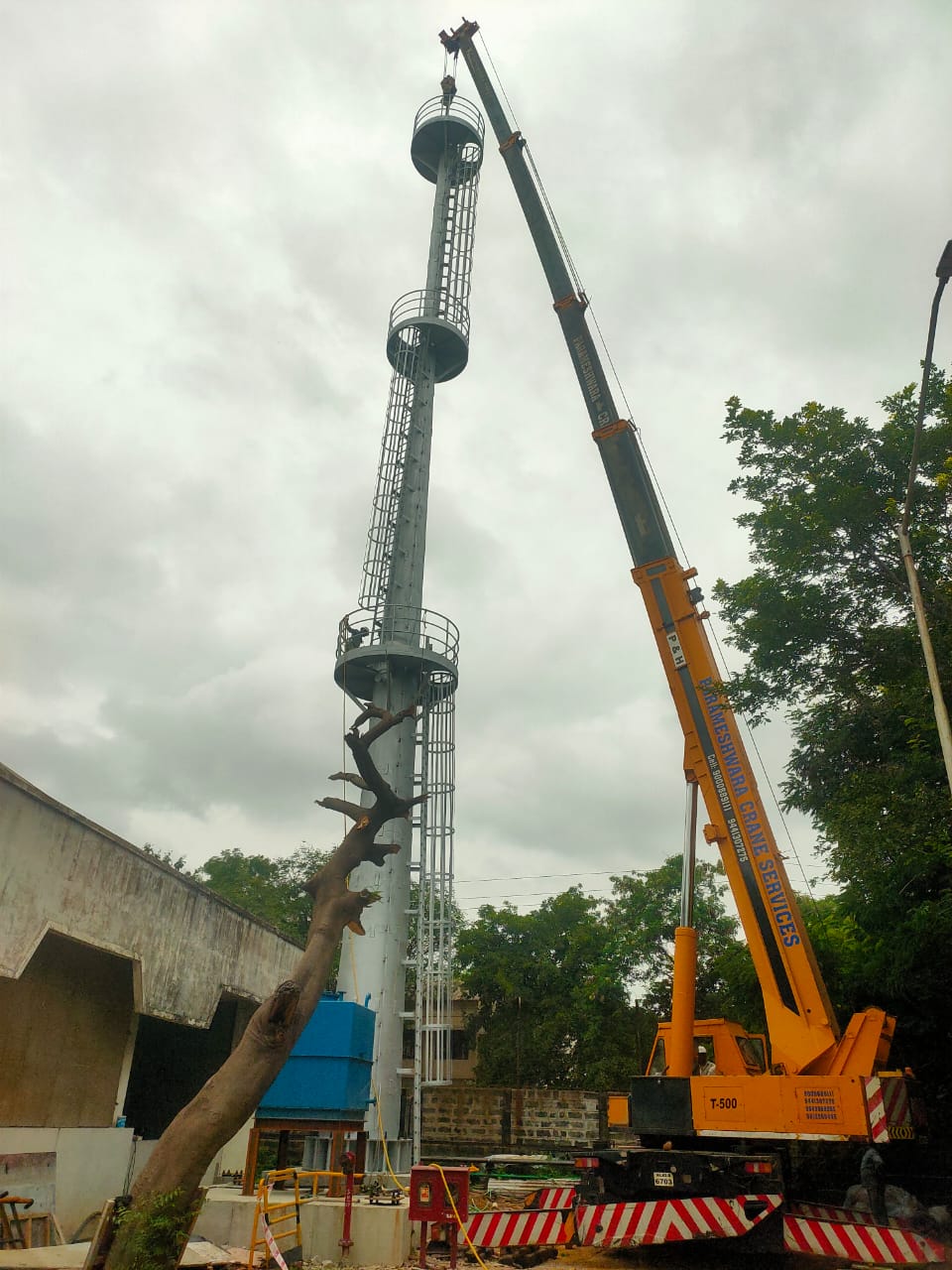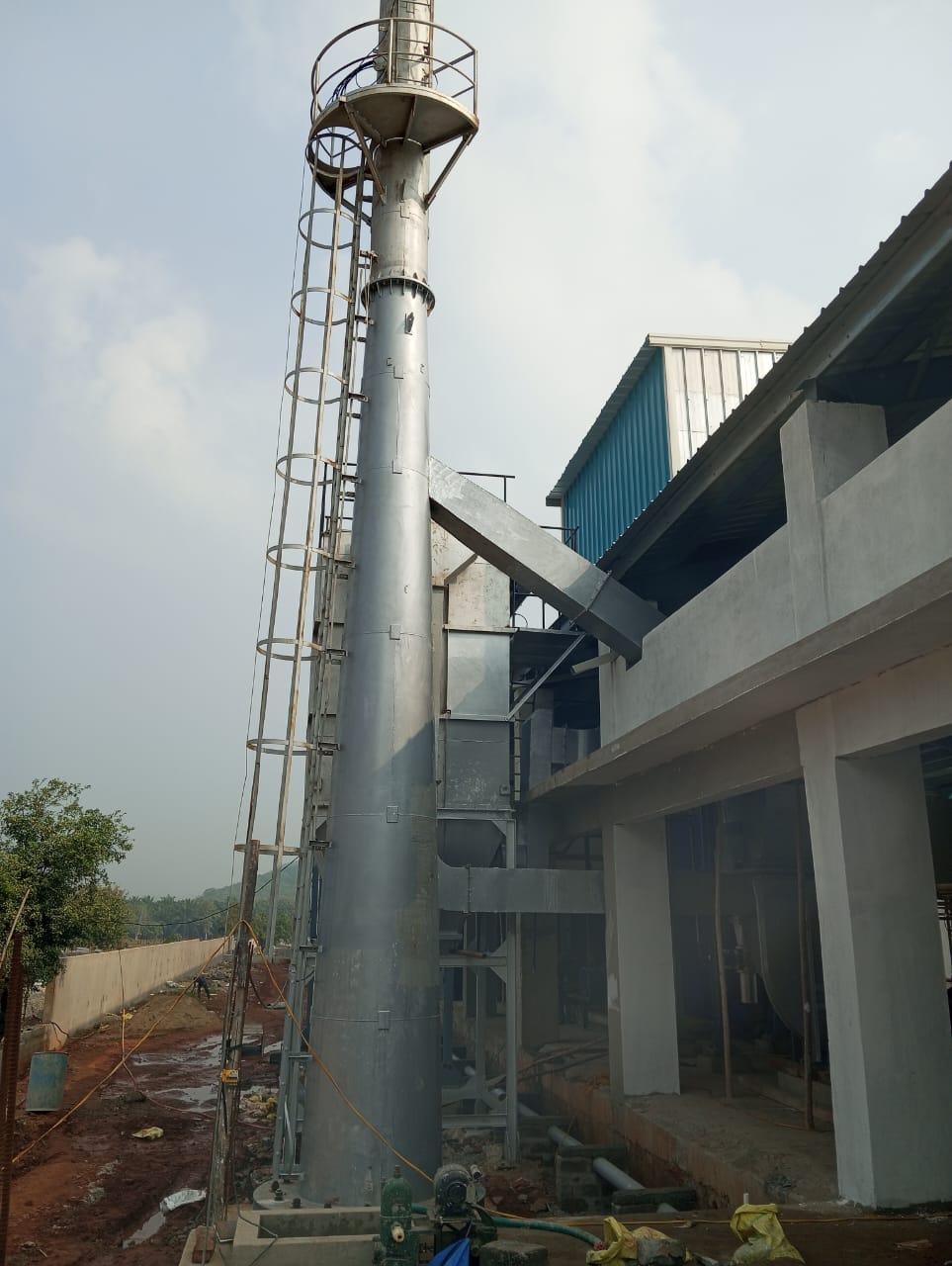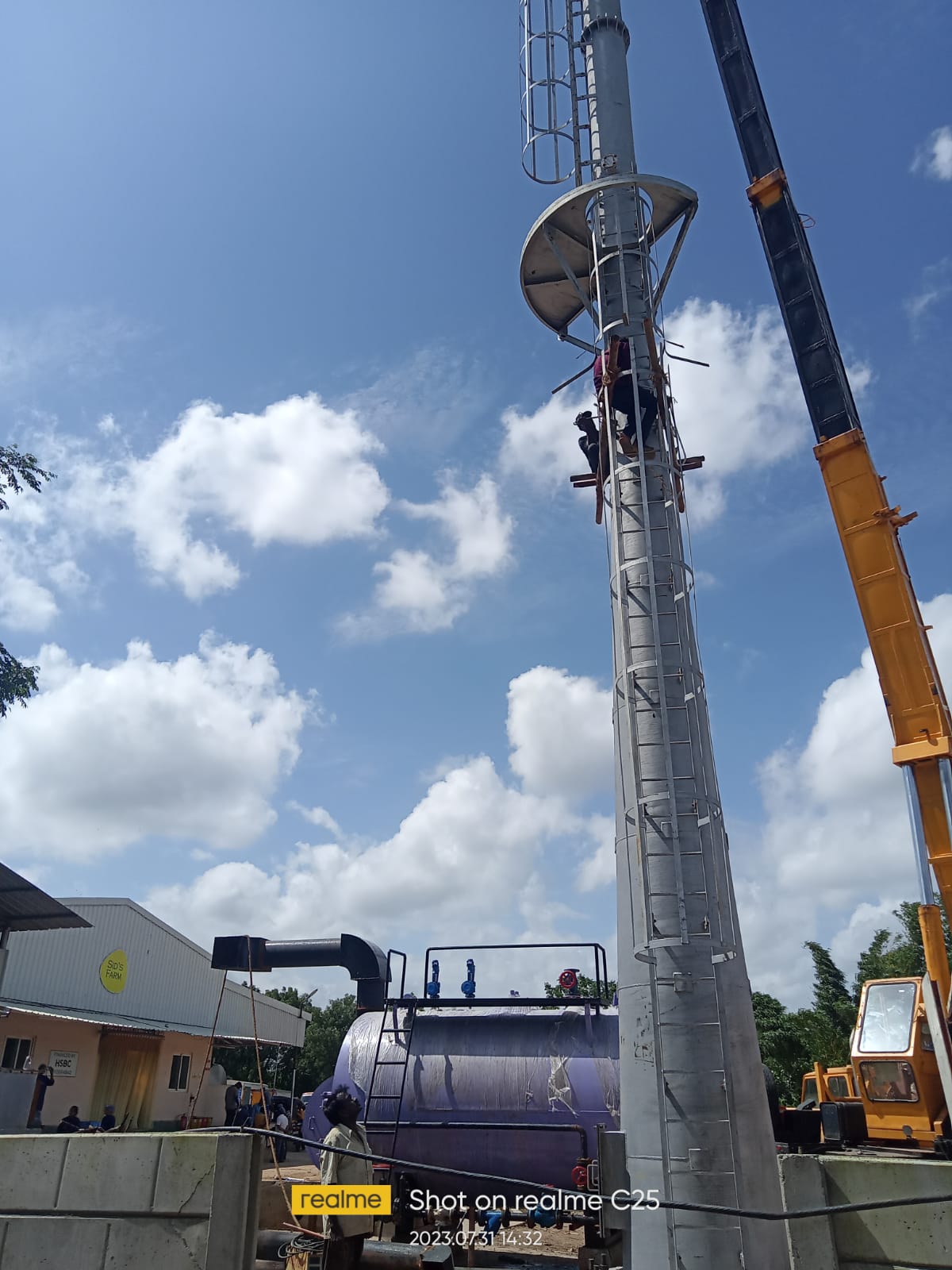Chimney
Chimneys function based on the principle of hot air rising above cold air, creating a draught that pulls air into the fireplace to fuel the flames. A properly functioning chimney relies on a subtle pressure difference between the inside and outside of the flue, allowing waste gases to exit while fresh air is drawn in. However, issues such as downdraughts, where air is blown back down the chimney, can disrupt this process, leading to smoke puffs and potential safety hazards. Factors like chimney height, insulation, and air supply all impact the quality of the draught and overall chimney performance.



To mitigate downdraught issues, various solutions exist, including purpose-made air vents and specially designed chimney cowls. These devices help deflect wind and maintain proper airflow, ensuring efficient chimney operation and minimizing the risk of dangerous fumes entering living spaces. Despite the availability of numerous devices claiming to solve downdraught problems, a single universal solution remains elusive. However, ongoing advancements and field testing of new cowl designs show promise in addressing these issues effectively. As solutions evolve, ensuring the proper design, construction, and maintenance of chimneys remains crucial for optimal performance and safety.
Specifications
- MOC: IS 2062
- CAPACITY: For All Types of Industrial Boilers

